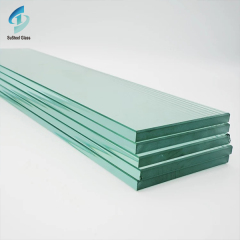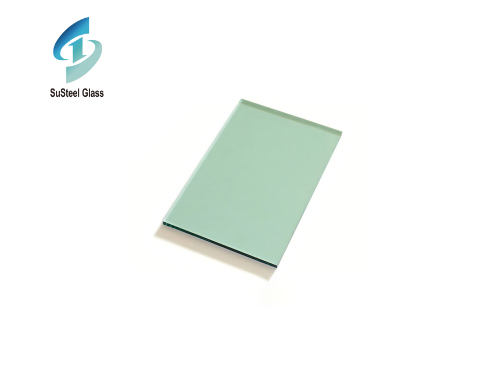2-inch thick glass, with its impressive strength and aesthetic appeal, has emerged as a versatile material revolutionizing architectural and design landscapes. From towering skyscrapers to sleek contemporary interiors, this substantial glass variant offers unparalleled durability and visual impact, opening doors to innovative possibilities in construction and decor.
One of the defining characteristics of
2-inch thick glass is its exceptional structural integrity. Engineered to withstand significant loads and impacts, this glass variant provides enhanced security and safety in buildings and structures. Whether used in exterior facades, windows, or doors, its robust composition ensures resilience against extreme weather conditions and potential hazards, safeguarding occupants and property.
Moreover, the thickness of 2-inch glass amplifies its visual presence, creating a striking aesthetic that elevates any space. When utilized in architectural features such as staircases, balustrades, or partitions, the substantial presence of this glass imparts a sense of solidity and sophistication, enhancing the overall ambiance and appeal of interiors.
In addition to its strength and visual impact, 2-inch thick glass offers excellent thermal insulation properties, contributing to energy efficiency in buildings. By minimizing heat transfer and reducing reliance on artificial heating and cooling systems, it helps create more sustainable and environmentally friendly built environments, aligning with contemporary design principles focused on sustainability and conservation.
Furthermore, advancements in glass manufacturing technology have expanded the design possibilities for 2-inch thick glass, allowing for customization in terms of color, texture, and transparency. Whether creating dramatic statement pieces or integrating seamlessly into minimalist designs, architects and designers have the flexibility to tailor this glass variant to suit specific project requirements and aesthetic preferences.
Beyond its practical applications in architecture, 2-inch thick glass is also finding favor in artistic installations and decorative elements. Its ability to transmit and reflect light adds depth and dimension to artistic compositions, while its tactile qualities invite interaction and engagement, blurring the boundaries between function and artistry.
In conclusion, 2-inch thick glass represents a convergence of strength, beauty, and functionality, offering transformative opportunities in architecture and design. With its unmatched durability, aesthetic appeal, and sustainability benefits, this glass variant continues to inspire creativity and innovation, shaping the built environment of the future.



 Exploring the World of Green Tinted Glass Products: Versatility and Sustainability
Exploring the World of Green Tinted Glass Products: Versatility and Sustainability
 Exploring the Versatility and Elegance of Custom Thick Glass
Exploring the Versatility and Elegance of Custom Thick Glass



